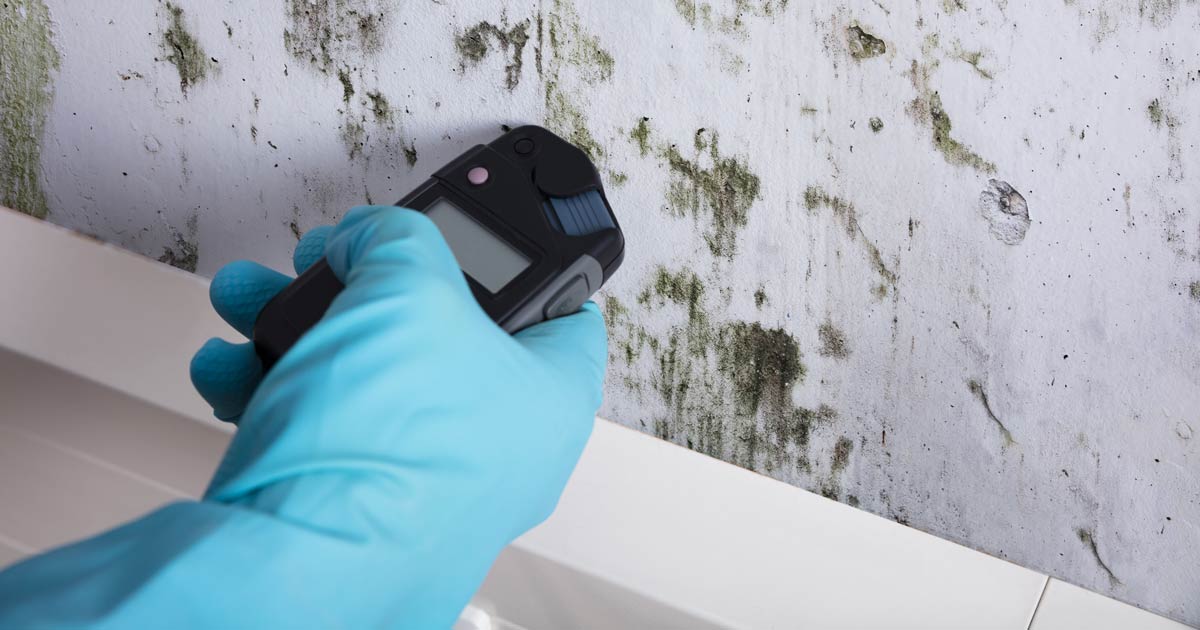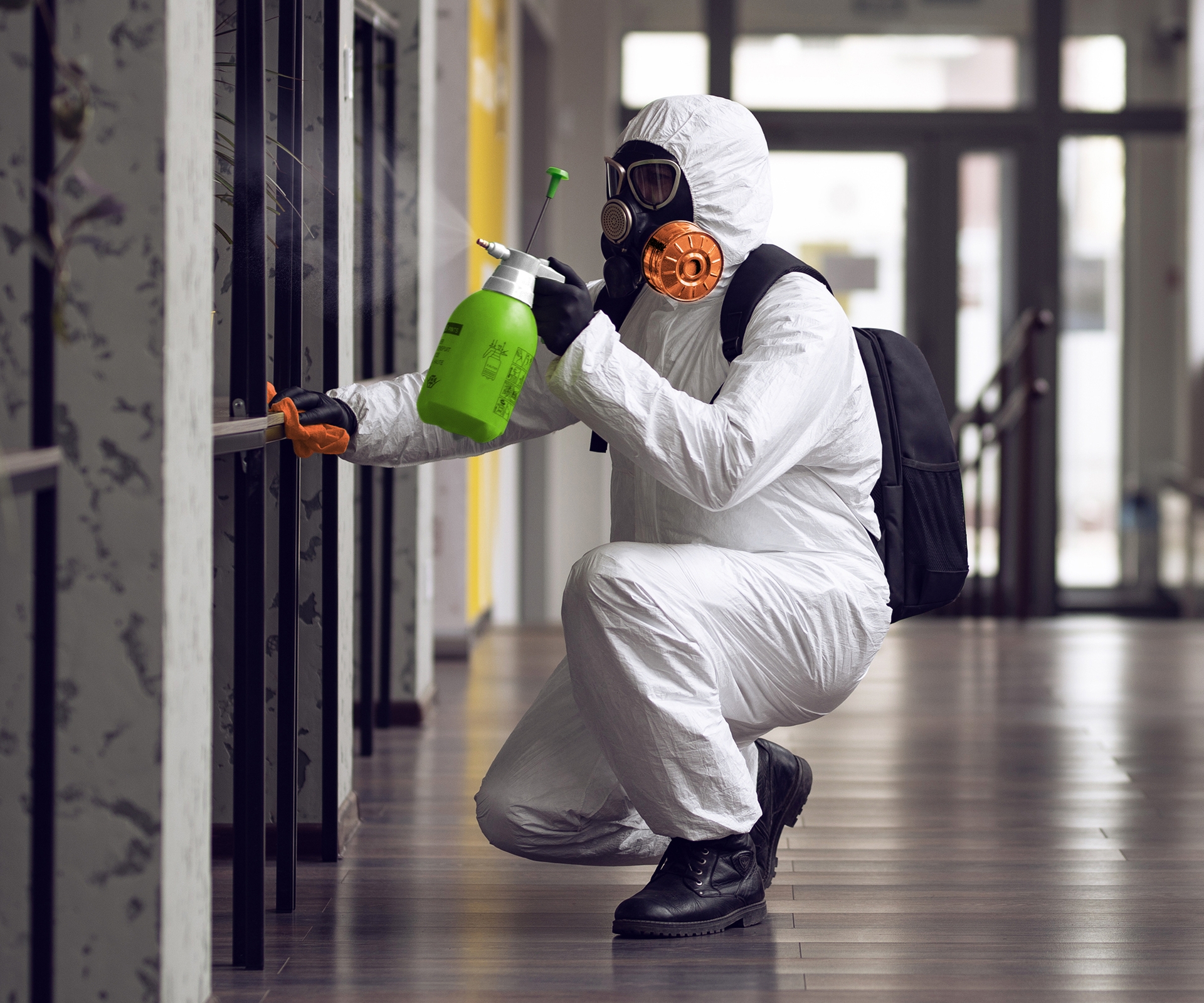Situating Post Remediation Inspection Near Me Services
Situating Post Remediation Inspection Near Me Services
Blog Article
Effective Post Mold And Mildew Removal Solutions for Your Home
Mold growth in homes can be a persistent concern, usually requiring a systematic method for reliable post-remediation options. From recognizing the factors that contribute to mold and mildew advancement to executing correct cleaning strategies and moisture control measures, the procedure can be detailed yet important for maintaining a healthy living setting. Post Remediation Inspection near me.
Comprehending Mold Growth Aspects
The key element adding to mold development is wetness. Mold and mildew spores require dampness to flourish and germinate, making humid or moist settings extremely prone to mold and mildew problems.

Moreover, air movement and light direct exposure can impact mold development. Locations that lack appropriate air flow and all-natural light are a lot more susceptible to mold growth. By dealing with these elements adequately, individuals can properly mitigate mold and mildew growth and guard their living settings.
Appropriate Mold Cleansing Methods
Utilizing reliable cleaning techniques is crucial in resolving and preventing the recurrence of mold contamination in interior settings. When handling mold, it is vital to prioritize security by using protective equipment such as handwear covers, goggles, and masks. The very first step in appropriate mold cleansing is to consist of the afflicted area to protect against the spread of spores to unpolluted locations. This can be achieved by sealing off the room and utilizing air scrubbers or unfavorable air devices to keep air top quality.

Applying Wetness Control Procedures
To effectively stop mold growth and contamination in indoor environments, applying wetness control steps is critical. Dampness is the main element that fuels mold and mildew advancement, making it critical to handle humidity levels within the home. One efficient action is to make use of dehumidifiers to preserve indoor moisture degrees listed below 60%. Additionally, ensuring correct ventilation in locations vulnerable to moisture buildup, such as kitchen areas and bathrooms, can help in reducing the danger of mold and mildew growth. Routinely checking and repairing any kind of leaks in pipes, roofing systems, or home windows is also essential in protecting against excess moisture accumulation. Utilizing exhaust fans while food preparation or showering, and permitting air blood circulation by keeping furnishings a little far from walls can help in dampness control. Utilizing moisture-resistant products in high-humidity areas, such as mold-resistant drywall and paints, can be valuable. By carefully implementing these wetness control steps, home owners can effectively lower the possibility of mold recontamination and maintain a healthy and balanced interior atmosphere.
Using All-natural Remediation Solutions
After efficiently applying moisture control measures to avoid mold development in indoor atmospheres, house owners can now discover the performance of all-natural removal options in preserving a healthy and balanced space. All-natural remediation services utilize eco friendly techniques anonymous to battle mold and mold, making them a prominent choice for those looking for safe alternatives. One such solution is making use of vinegar, a natural antimicrobial representative, to disinfect and tidy surface areas infected by mold and mildew. Merely dilute vinegar with water and spray it onto the affected locations, permitting it to sit for a few hours before wiping clean. In addition, tea tree oil, known for its antifungal homes, can be blended with water and sprayed onto mold-infested surface areas to inhibit additional development. One more natural alternative is hydrogen peroxide, which can properly kill mold on numerous surfaces without leaving hazardous residues behind. By incorporating these all-natural removal options into their cleansing regimens, property owners can successfully battle mold development while promoting a healthier interior environment for themselves and their households.

Maintaining a Mold-Free Setting
On a regular basis inspecting areas prone to mold growth, such as bathrooms, attic rooms, cellars, and cooking areas, is important. Appropriate air flow in locations with high moisture levels is also crucial to stopping mold and mildew development.
Additionally, maintaining sanitation in the home is important for mold avoidance. Keeping interior plants in check and guaranteeing appropriate drain in mold removal services exterior landscaping can lessen moisture build-up, lowering the probability of mold and mildew invasions.
Verdict
Finally, it is vital to attend to mold and mildew growth variables, use correct cleansing methods, apply dampness control actions, make use of natural removal services, and preserve a mold-free environment in order to effectively take care of article mold removal in your house - what to do after mold remediation. By complying with these approaches, you can stop mold and mildew from reoccuring and make certain a healthy living setting for you and click for info your family members
The primary variable adding to mold development is dampness. Mold spores require dampness to germinate and prosper, making damp or wet atmospheres highly vulnerable to mold infestations.To effectively prevent mold development and contamination in indoor environments, implementing dampness control procedures is vital. In addition, making sure appropriate ventilation in areas susceptible to moisture buildup, such as washrooms and kitchen areas, can help minimize the risk of mold and mildew development.After efficiently executing dampness control actions to stop mold development in indoor environments, homeowners can currently discover the efficiency of natural removal services in keeping a healthy and balanced living room.
Report this page